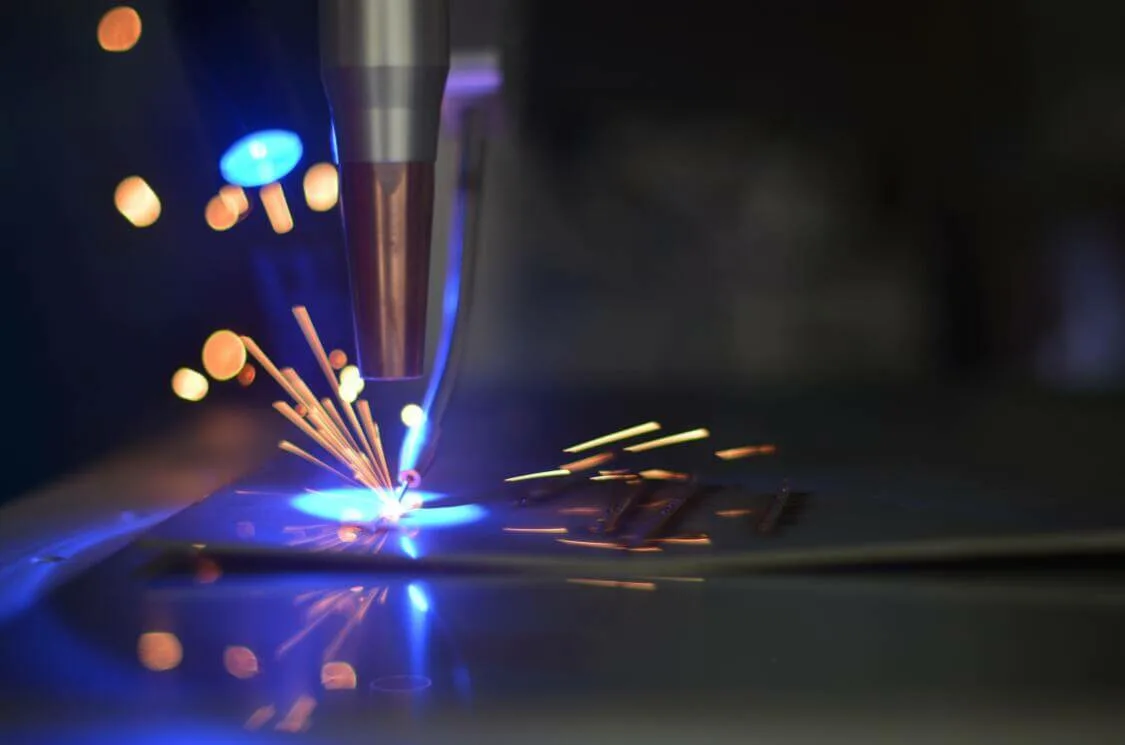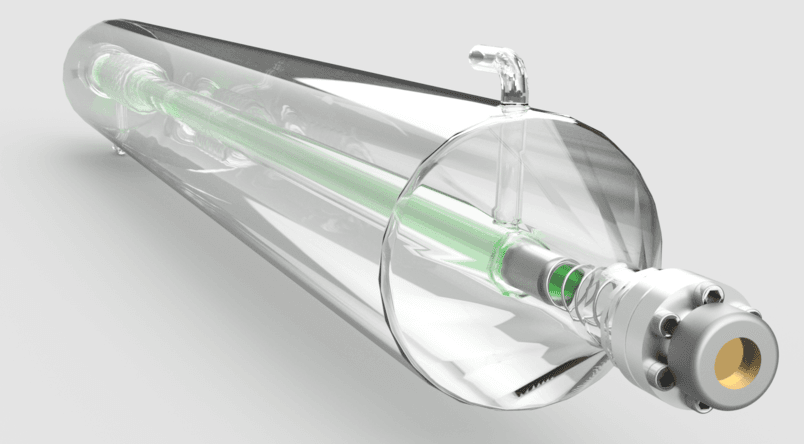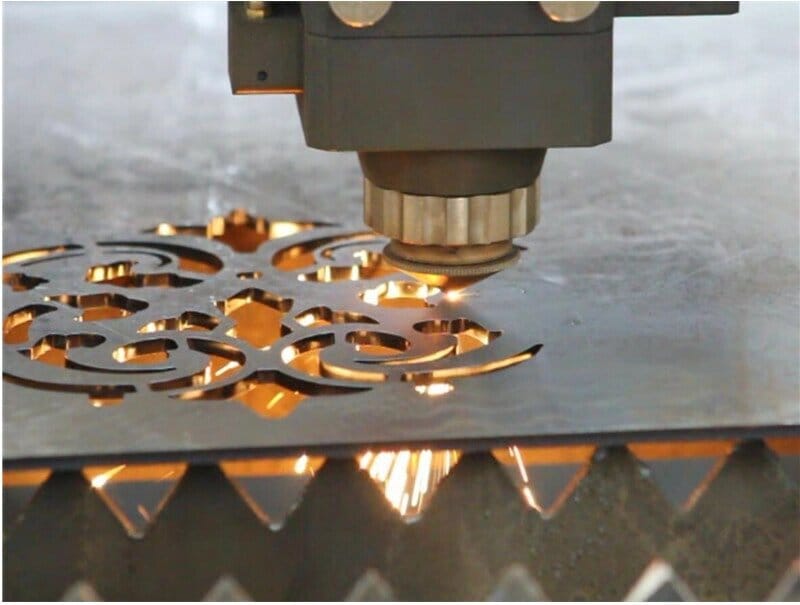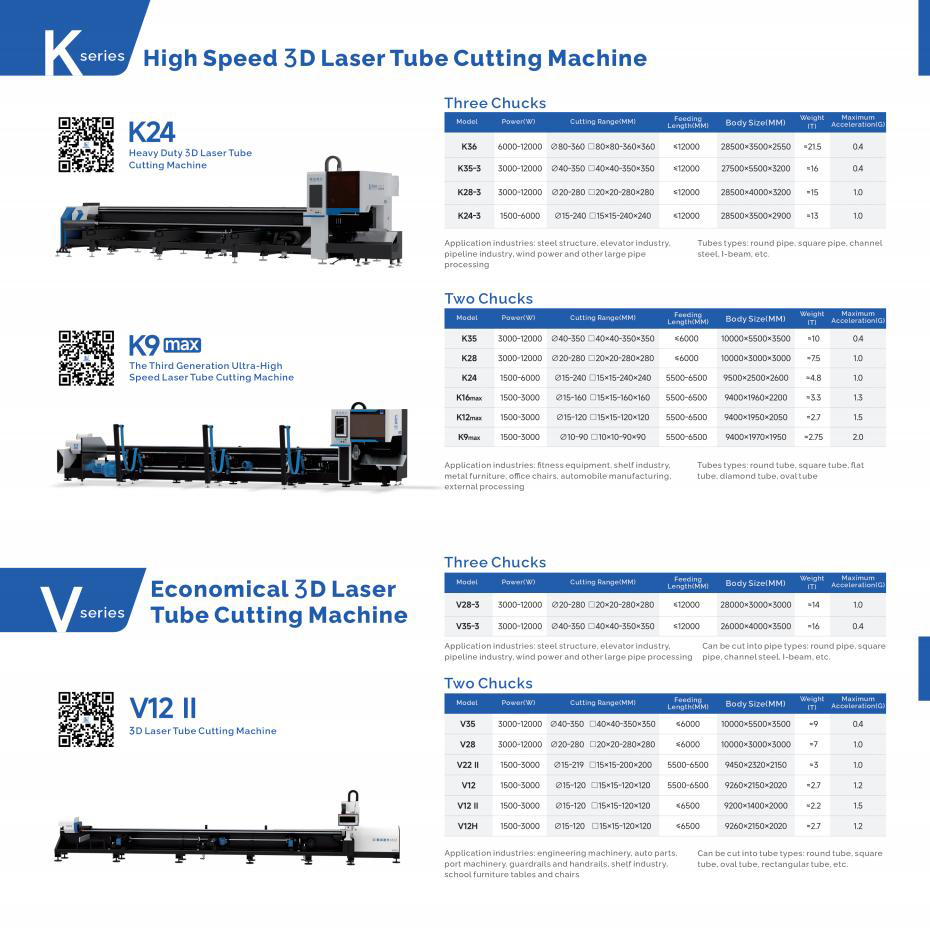1. مقدمة
لحام الليزر ثورة التكنولوجيا وعمليات التصنيع في مختلف الصناعات ، وتقدم لا مثيل لها من الدقة والسرعة والتنوع. ومع ذلك ، فإن تكلفة الليزر معدات لحام في كثير من الأحيان يصبح عاملا حاسما في عملية صنع القرار على الشركات النظر في هذا الاستثمار.
في هذا الدليل الشامل, سوف نستكشف:
- تفصيلات الليزر لحام الأسعار حسب نوع و قدرة
- في عمق تحليل العوامل المؤثرة الليزر آلة لحام التكاليف
- الأمثلة في العالم الحقيقي من التكلفة الإجمالية للملكية الحسابات
- نصائح الخبراء من أجل تحسين الليزر لحام الاستثمار
سواء كنت صاحب ورشة صغيرة أو كبيرة منشأة التصنيع مدير هذا الدليل سوف تساعدك على التنقل في مجمع المناظر الطبيعية لحام الليزر آلة النفقات.
2. أنواع الليزر لحام آلات يتراوح سعر
أ) الليزر المحمولة سعر ماكينة لحام
- المدى: $4,700 – $26,300
- نماذج شعبية:
- مستوى الدخول (1000W): $5,000 – $8,000
- متوسطة المدى (1500W): $10,000 – $15,000
- الراقية (2000W+): $18,000 – $26,300
- أفضل ل: ورش عمل صغيرة في الموقع الإصلاحات ، صنع المجوهرات
- الفوائد الرئيسية: قابلية وسهولة الاستخدام ، وانخفاض الاستثمار الأولي
ب) باستخدام الحاسب الآلي ليزر آلة لحام التسعير
- المدى: $30,000 – $150,000+
- السعر حسب الطاقة:
- 300W – 500W: $30,000 – $50,000
- 600W – 1000W: $50,000 – $80,000
- 1000W – 2000W: $80,000 – $150,000+
- أفضل ل: متوسطة إلى كبيرة شركات التصنيع, إنتاج قطع غيار السيارات
- الفوائد الرئيسية: عالية الدقة قدرات التشغيل الآلي ، بما يتفق جودة اللحام
ج) الليزر الصناعية روبوت لحام النفقات
- المدى: $100,000 – $500,000+
- عوامل التكلفة:
- ذراع الروبوت الوصول إلى الحمولة
- مصدر الليزر الطاقة (عادة 2000W – 6000W)
- التكامل تعقيد برمجة مخصصة
- أفضل ل: الإنتاج على نطاق واسع, السيارات خطوط التجميع ، صناعة الطيران
- الفوائد الرئيسية: أعلى مستوى من التشغيل الآلي ، 3D لحام القدرة على التكامل مع خطوط الإنتاج
د) الجمع بين الليزر القاطع التسعير لحام
- المدى: $50,000 – $200,000
- سعر الاختلافات:
- النماذج الأساسية (500W – 1000W): $50,000 – $80,000
- نماذج متقدمة (1000W – 2000W): $80,000 – $150,000
- الراقية أنظمة (2000W+): $150,000 – $200,000+
- أفضل ل: عمل المحلات التجارية والنماذج من المرافق متعددة الاستخدامات عمليات التصنيع
- الفوائد الرئيسية: متعدد وظائف, توفير مساحة فعالة من حيث التكلفة للشركات التي تحتاج إلى كل القطع و اللحام
3. العوامل المؤثرة الليزر آلة لحام التكاليف
أ) طاقة الليزر
- التأثير على السعر: 15% – 30% زيادة في قوة مضاعفة
- مثال: 1000W النظام قد تكلف $50,000في حين 2000W نظام يمكن $65,000 – $75,000
- الاعتبارات: السلطة العليا يسمح أسرع لحام سرعات مواد أكثر سمكا
ب) الدقة و جودة شعاع
- "الأنظمة عالية الدقة" يمكن أن يكلف 20% – 40% أكثر من النماذج القياسية
- شعاع عوامل الجودة:
- شعاع المعلمة المنتج (BPP): أقل BPP = جودة أعلى = تكلفة أعلى
- M2 القيمة: أقرب إلى 1 = أفضل نوعية = أغلى
ج) ميزات الأتمتة ،
- الأساسية CNC تحكم: وشملت في السعر الأساسي
- الميزات المتقدمة توزيع التكاليف:
- التلقائي أداة تغيير: $5,000 – $15,000
- الرؤية أنظمة لحام تتبع: $10,000 – $30,000
- المتكاملة نظم مراقبة الجودة: $20,000 – $50,000
د) سمعة العلامة التجارية و دعم ما بعد البيع
- العلامات التجارية الممتازة قد فرض 10% – 25% أكثر من شهرة الشركات المصنعة
- العوامل في الاعتبار:
- الضمان طول و التغطية
- توافر الخدمات المحليين الفنيين
- التكلفة و توافر قطع الغيار
هـ) ميزات إضافية
- المتخصصة لحام رؤساء: $5,000 – $20,000 اعتمادا على تعقيد
- المتقدمة لأنظمة التبريد: $3,000 – $10,000
- تجهيزات سفط الدخان: $2,000 – $8,000
- برنامج اللحام نمط التصميم: $2,000 – $15,000 لكل رخصة
4. فهم التكلفة الإجمالية للملكية عن آلات اللحام بالليزر
أ) النفقات التشغيلية الجارية
- استهلاك الطاقة:
- متوسط التكلفة لكل ساعة: $1.50 – 3.00 دولار لمدة 1000W النظام
- التكلفة السنوية (2000 ساعة تشغيل): $3,000 – $6,000
- المواد الاستهلاكية:
- الغاز التدريع: $500 – 2000 دولار سنويا
- قطع الغيار (فوهات العدسات): $1,000 – 5,000 دولار سنويا
- الصيانة:
- الصيانة الروتينية: 2% – 5% من آلة التكلفة في السنة
- على سبيل المثال: $50,000 آلة = $1,000 – $2,500 تكلفة الصيانة السنوية
ب) التدريب وتكاليف العمالة
- الأولي تدريب المشغل: $2,000 – $5,000 في المشغل
- متقدمة من التدريب للفنيين: $5,000 – 10,000 دولار للشخص الواحد
- إمكانية زيادة الرواتب على المشغلين المهرة: 10% – 20%
ج) الاستهلاك وقيمة إعادة البيع
- نموذجية معدل الاستهلاك: 15% – 20% سنويا لمدة 5 سنوات الأولى
- على سبيل المثال: $100,000 آلة قد تكون قيمتها 40,000 – 50,000 دولار بعد 5 سنوات
- العوامل التي تؤثر على قيمة إعادة البيع:
- سمعة العلامة التجارية
- صيانة التاريخ
- التقدم التكنولوجي في النماذج الجديدة
5. مقارنة التكلفة: الليزر لحام مقابل التقليدية طرق اللحام
أ) الاستثمار الأولي
- ليزر لحام: 30,000 دولار – $500,000+
- لحام التقليدية (على سبيل المثال ، TIG, MIG):
- الإعداد الأساسي: $2,000 – $5,000
- النظم المتقدمة: $10,000 – $50,000
ب) التكاليف التشغيلية (استنادا إلى 2000 ساعة سنويا العملية)
- لحام الليزر:
- الطاقة: $3,000 – $6,000
- المواد الاستهلاكية: $1,500 – $7,000
- الصيانة: $1,000 – $25,000 (اعتمادا على آلة التكلفة)
- لحام التقليدية:
- الطاقة: $1,000 – $3,000
- المواد الاستهلاكية (أقطاب كهربائية, سلك): $5,000 – $15,000
- الصيانة: $500 – $2,500
ج) طويلة الأجل ROI العوامل
- زيادة الإنتاجية مع الليزر لحام: 30% – 50% في العديد من التطبيقات
- المواد المستعملة: ما يصل إلى 20% تخفيض في المواد النفايات
- تحسين الجودة: احتمال 50% تخفيض في إعادة صياغة و الخردة
6. نصائح الميزانية ودية الليزر لحام المشتريات
أ) استكشاف المستخدمة وتجديد الخيارات
- الوفورات المحتملة: 30% – 50% من السعر الأصلي
- الرئيسية الشيكات قبل الشراء:
- ساعات التشغيل
- سجلات الصيانة
- المتبقية مصدر الليزر الحياة
ب) التأجير والتمويل الخيارات
- نموذجية شروط عقد الإيجار: 3-5 سنوات
- المدفوعات الشهرية: في كثير من الأحيان 2% – 3% من إجمالي التكلفة آلة
- الفوائد:
- الأولية أقل من النفقات النقدية
- المزايا الضريبية
- أسهل ترقيات التكنولوجيا الحديثة
ج) المنح والحوافز
- برامج الحكومة: يمكن أن تغطي 10% – 30% من تكلفة المعدات
- كفاءة الطاقة الحسومات: المحتملين $5,000 – $20,000 الادخار
- البحث والتطوير الإعفاءات الضريبية: ما يصل إلى 20% من النفقات المؤهلة
7. الاتجاهات المستقبلية في الليزر آلة لحام التسعير
أ) التقدم التكنولوجي
- ألياف الليزر التحسينات: احتمال 5% – 10% تخفيض التكاليف سنويا
- زيادة الكفاءة في استهلاك الطاقة: قد خفض التكاليف التشغيلية بنسبة 10% – 20%
ب) المنافسة في السوق
- الداخلين الجدد من الأسواق الناشئة: يمكن أن تدفع الأسعار بنسبة 10% – 15%
- الدمج بين اللاعبين المنشأة: قد تثبت أو قليلا من زيادة الأسعار
ج) التكنولوجيات الناشئة
- منظمة العفو الدولية بمساعدة لحام: المحتملين $10,000 – $50,000 إضافة على التكلفة
- الأخضر تكنولوجيا الليزر: قد تزيد التكاليف الأولية بنسبة 20% – 30% ولكن نقدم توفير الطاقة على المدى الطويل
من خلال النظر في هذه مفصلة العوامل والاستفادة من النصائح المقدمة ، يمكن للشركات اتخاذ قرارات مطلعة حول الاستثمار في الليزر لحام تكنولوجيا, تحقيق التوازن بين التكاليف والفوائد المحتملة لإيجاد الأكثر فعالية من حيث التكلفة حل احتياجاتهم الخاصة.



